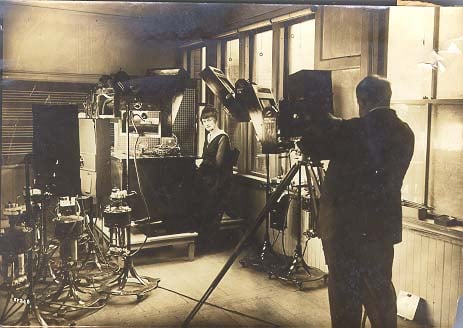Lillian Gilbreth
By:
May 24, 2012

“Lillie and kitchens were natural enemies,” recalled psychologist and industrial engineer LILLIAN MOLLER GILBRETH (1878-1972)’s eldest son. “She hated them and they retaliated. Stoves burned her, ice picks stabbed her, graters skinned her and paring knives cut her.” So why was Gilbreth tapped to design an efficient kitchen for the 1929 Women’s Exposition? She and her husband Frank Gilbreth (both pictured above) were well-known advocates of scientific management. Unlike Frederick Winslow Taylor and other efficiency experts who sought only to speed up workers, the humane and kindly Gilbreths were interested in motion reduction: Lillie’s psychological bent — she held the first degree granted in industrial psychology — was directed toward ensuring that workers accepted and enjoyed their newly rationalized work. When her husband died in 1924, she had ten children living at home; the youngest was two. (Though Lillian thought the book made light of a vital subject, Cheaper by the Dozen recounts how the Gilbreths applied their time-and-motion study expertise to the domestic sphere.) No one wanted to hire a woman to rationalize a factory, so Gilbreth reinvented herself as a management consultant on women’s issues such as homemaking, cooking, department store and office work. The kitchens she designed solved problems in the same way she had tackled factory inefficiences: micromotion films of kitchen work, reorganizing and redesigning for fewer motions and less fatigue, and a suggestion of an experimental, cooperative spirit in the workplace. Gilbreth’s cooking skills didn’t matter.
***
On his or her birthday, HiLobrow irregularly pays tribute to one of our high-, low-, no-, or hilobrow heroes. Also born this date: Bob Dylan and Joseph Brodsky.
READ MORE about members of the Psychonaut Generation (1874-83).
